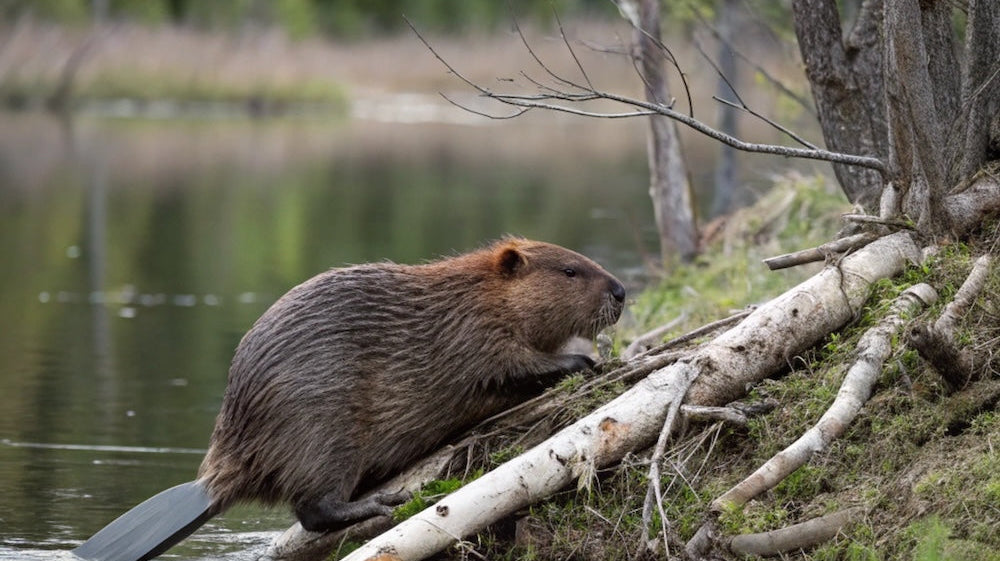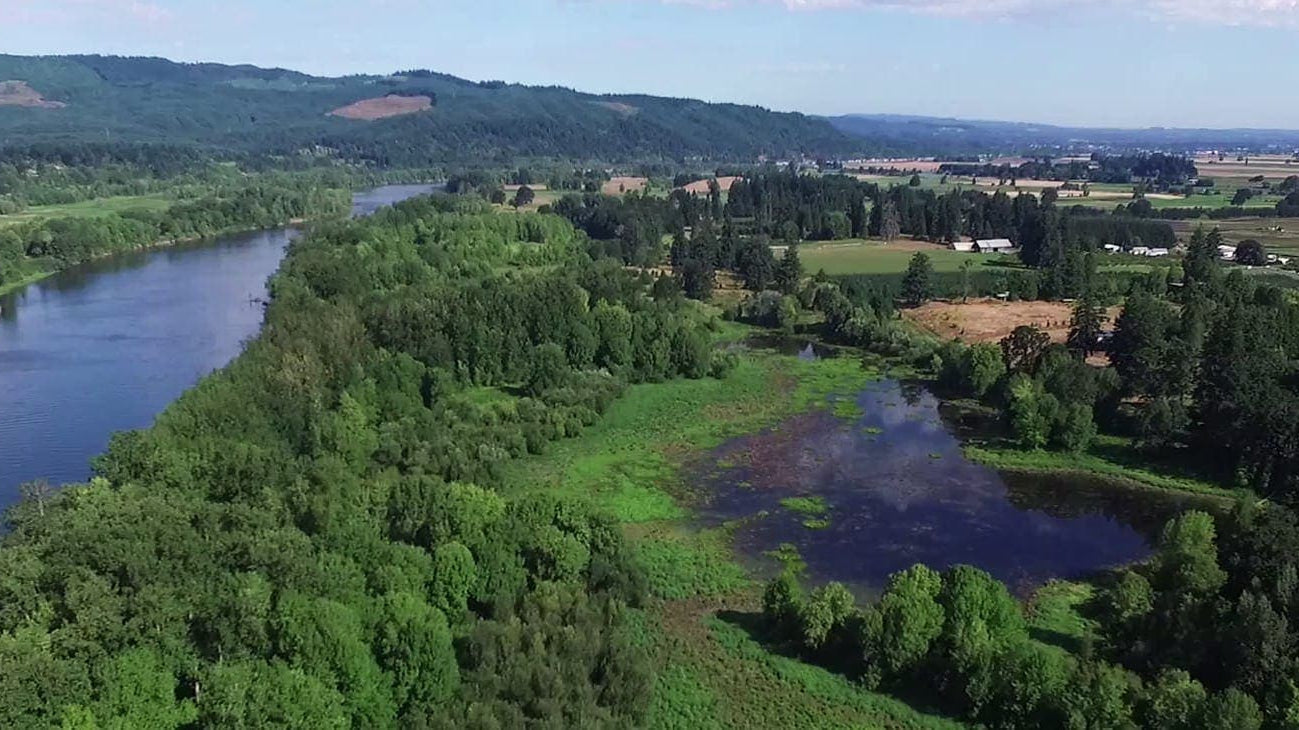Field Notes
Why Beavers Are the Swiss Army Knife of Climate Solutions
Beavers may not look like climate heroes, but their dams do the work of billion-dollar infrastructure. By slowing streams, they store water during drought, buffer floods, create fire-resistant wetlands, and build rich habitats for fish and birds. Their ponds even support agriculture by recharging aquifers and nourishing soils. If beavers were a new technology, we’d call them revolutionary. In reality, they’re proof that sometimes the best climate solutions come not from machines, but from letting nature get back to work.
Soft Gold on the Columbia: Sauvie Island’s Role in the Beaver Boom
Sauvie Island, nestled between the Columbia River and Multnomah Channel, played a brief but pivotal role in the 19th-century beaver fur trade. In the 1830s, it was home to Fort William, an American outpost aimed at intercepting pelts bound for the British-controlled Hudson’s Bay Company. Its location made it a chokepoint for furs moving from the Willamette Valley and inland Columbia Basin to the Pacific, where they entered the China Circuit and eventually became fashionable beaver felt hats in Europe. Heavy trapping devastated local beaver populations and altered Sauvie’s wetlands, leaving a lasting ecological mark. Today, the island’s farms and wildlife refuges conceal a past deeply tied to global commerce and the era of “soft gold.”
Pharrell’s Big Hat Moment and the Long Shadow of Vivienne Westwood
In 2014, Pharrell Williams walked onto the Grammy stage wearing an oversized felt hat that instantly became a viral sensation. But behind the memes and fast-food chain jokes was a story decades in the making, one that began with Vivienne Westwood’s radical 1982 Nostalgia of Mud collection, passed through Malcolm McLaren’s hip-hop collaborations, and found new life in Pharrell’s homage to street culture and avant-garde fashion. This article traces the Buffalo hat’s unlikely journey from the runways of punk-era London to hip-hop’s golden age, and from there to the red carpet, museum exhibitions, and the annals of pop-culture history.
The Dirty Secret Behind Cheap Hats: Why Wool and Polyester Rule the Racks
Cheap wool and polyester hats dominate store shelves, but their low prices hide a bigger story. From petroleum-based synthetics that shed microplastics into waterways to “100% wool” labels that mask blends with inferior fibers, today’s mass-market hats are built for speed, not longevity. Behind the glossy branding lies a cycle of planned obsolescence, hidden labor conditions, and materials chosen for cost over quality.
From Wetlands to Westerns: The Surprising Story of Nutria in Hats
Once a swamp-dwelling menace, now a millinery gem. Nutria, the invasive rodent that reshaped Louisiana’s wetlands, has found new life in the hat industry. This story follows its unlikely journey from the bayou to the brim, exploring its history, the environmental efforts behind its harvest, and why its soft, durable felt has become a respected alternative to beaver in fine hat making.
From Fur to Fedora: Why Hats Don’t Go Straight from Beaver to Brim
Ever wonder why hat makers can’t just take a freshly trapped beaver and turn it straight into a hat? The journey from pelt to a fine beaver-felt crown is anything but direct. This deep dive follows the fur from North American wetlands through the few remaining felting mills in the world, revealing the hidden processing steps, global supply chain, and specialized skills that transform raw fiber into the hat bodies artisans rely on.







